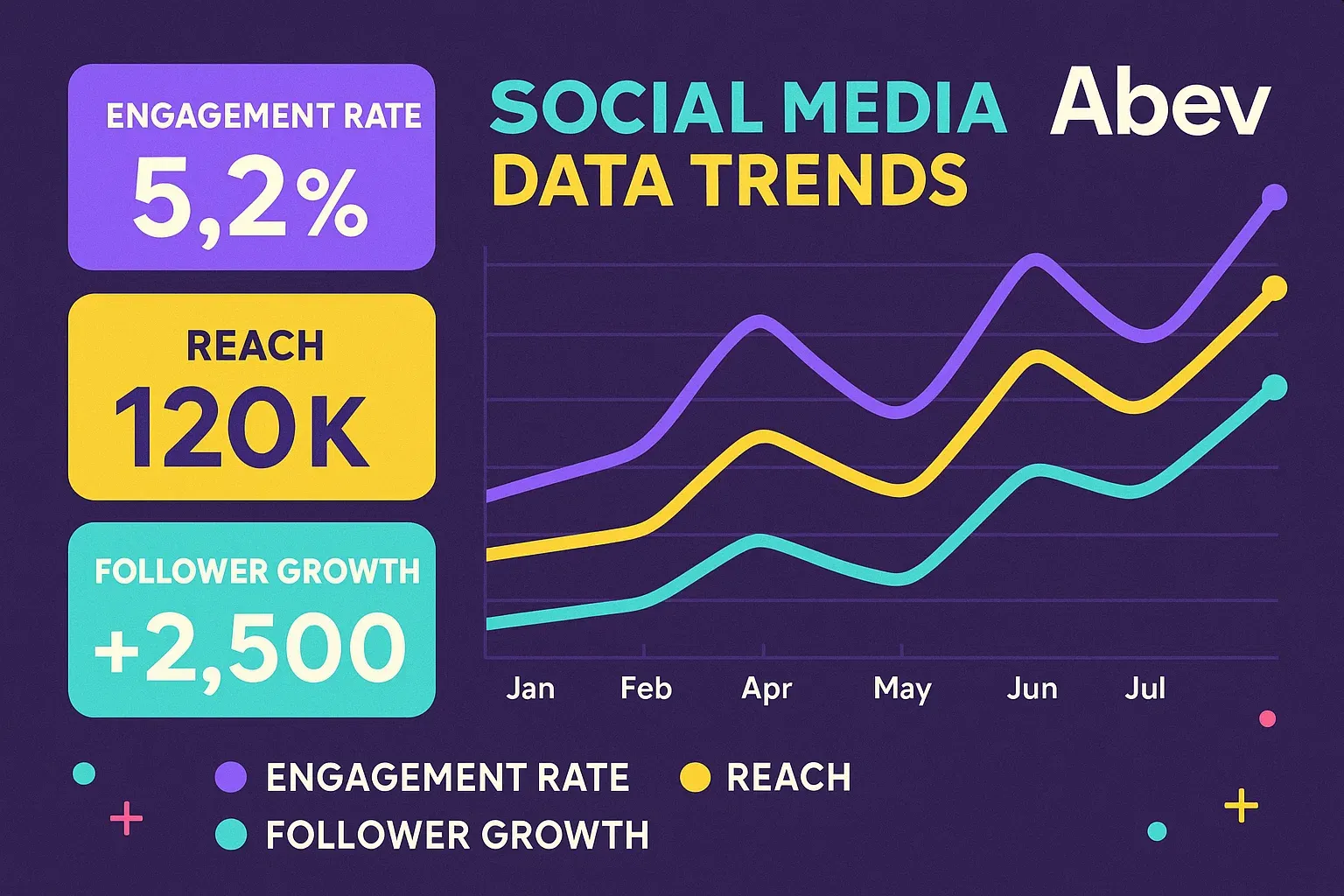Social Media Analytics for Beginners: Understand Your Data Without Getting Overwhelmed
📊 Your first steps into analytics — without the stress
Jumping into social media analytics can feel like entering a world of charts, jargon, and too many numbers. But once you know what to track and how to read it, analytics becomes your best friend — not your biggest fear.
This guide is your go-to for understanding simple, actionable, beginner-friendly analytics that help you grow with clarity.

1. You don’t need to know it all — just what matters
Focus on just a few core metrics to start:
- Reach – how many people saw your post
- Engagement – likes, comments, shares
- Link Clicks – who clicked through to your site or CTA
- Follower Growth – are you gaining or losing fans?
💡 Pro tip: If you’re not sure where to begin, start with engagement rate — it’s the best pulse check on audience interest.
2. Track trends, not one-time numbers
Analytics is about patterns — not random spikes. Look for:
How performance evolves over time
Which days or formats get the most engagement
What changes had the biggest impact
💡 Build a habit of monthly reporting — keep it simple, but consistent.
3. Use tools that speak your language
Not all analytics platforms are beginner-friendly. Try:
- Abev.ai – real-time suggestions and clean visual dashboards
- Sprout Social Starter – simple UI with intuitive data views
- Built-in insights (Instagram/Facebook) – easily accessible, no setup needed
💡 Test a few and stick with what feels right. It doesn’t need to be perfect — it needs to be practical.
4. Don’t compare with competitors — compare with yourself
One of the biggest beginner mistakes is watching others instead of measuring your own progress. Ask yourself:
Is my reach growing month-over-month?
Are people clicking through more often?
Is my comment rate improving?
💡 Every improvement is a win. Benchmark against yourself first — competitors can wait.
✅ Takeaway: Data is your ally, not your enemy
Analytics isn’t just for analysts. It’s for anyone who wants to know what’s working — and do more of it.
Keep it simple. Watch what matters. And above all — don’t fear the numbers. Use them.